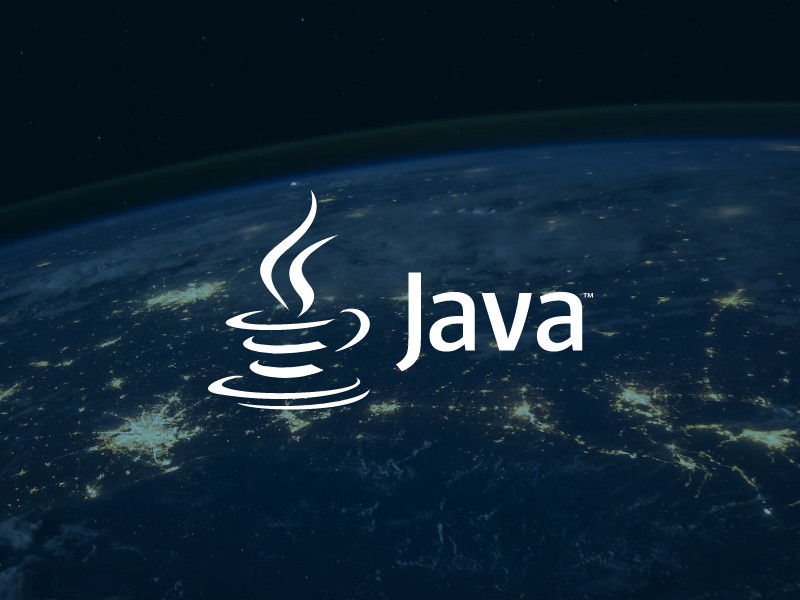History of Java Programming Language and The Important Steps In Its Evolution

A popular programming language today, Java has a long and rich history. Developed in the early 1990s by Sun Microsystems Inc., Java was conceived as a platform-independent, object-oriented language allowing developers to write code that could run on any device.
Over the years, Java has become synonymous with reliability, stability, and security. With its simple and concise syntax, Java is widely used by developers and enterprises alike for a wide range of tasks around the world. Java can create everything from mobile applications to enterprise software.
This article will look at how Java language has evolved over the years since its invention. We’ll also discuss some key features that have made Java so popular and why it is still one of the most widely used programming languages today.
Facts About Java
Java is a programming language and computing platform that was released in the 1990s. It is a free and open-source tool. Considering the potential of Java, it is used for building a wide range of applications. Numerous software development companies use Java for software development. However, only a good Java development company can leverage it to its best use.
Java is portable and platform-independent, which means it can run on any device with a Java Virtual Machine (JVM). Java is also widely used in the development of Android applications. Java’s key features include its object-oriented design, powerful debugging tools, and rich libraries. Here are some more interesting facts about the history of Java:
- James Gosling developed Java in 1991, while working at Sun Microsystems. The name Java comes from Java coffee of Indonesia.
- In 1996 Java became available as a free software platform, contributing to its even more tremendous popularity.
- Since the Java invention, it is used by millions of people worldwide, and some of the most popular websites and applications run on it.
History of Java Versions
Let’s get a glimpse of the history of Java programming language. The journey began in 1991, when Patrick Knowlton, Bill Joy, and James Gosling were working on the Green Project, which aimed to develop a language for programming everyday electronic devices.
The work required a new programming language, which would be universal in nature and could be used on any platform. Initially, the new programming language was named Oak. The fact was that James Gosling had an oak tree growing outside his office window, which he liked so much. So he decided to name the new program language after it.
With time the language started getting traction and could be made easily available. Going with their favorite Java coffee from Indonesia, they named Oak as Java.
As a constantly evolving programming language, Java has undergone many changes and updates since its initial release. Here are some of the most important ones:
- Java 1.0 (January 23, 1996)
- Java 1.1 (February 19, 1997)
- Java 2 (December 8, 1998)
- Java 3 (May 8, 2000)
- Java 4 (February 6, 2002)
- Java 5 (September 30, 2004)
- Java 6 (December 11, 2006)
- Java 7 (July 28, 2011)
- Java 8 (March 18, 2014)
- Java 9 (September 21, 2017)
- Java 10 (March 20, 2018)
- Java 11 (September 25, 2018)
- Java 12 (March 19, 2019)
- Java 13 (September 17, 2019)
- Java 14 (March 17, 2020)
- Java 15 (September 15, 2020)
- Java 16 (March 16, 2021)
- Java 17 (September 21, 2021)
- Java 18 (March 20, 2022)
To Sum Up
As you can see, the history of the Java programming language is quite long and filled with many significant changes and updates. With each new release, Java became more powerful and easier to use. Today Java is one of the most popular languages. Consult our Java experts to derive the benefits of the latest updates of Java.


